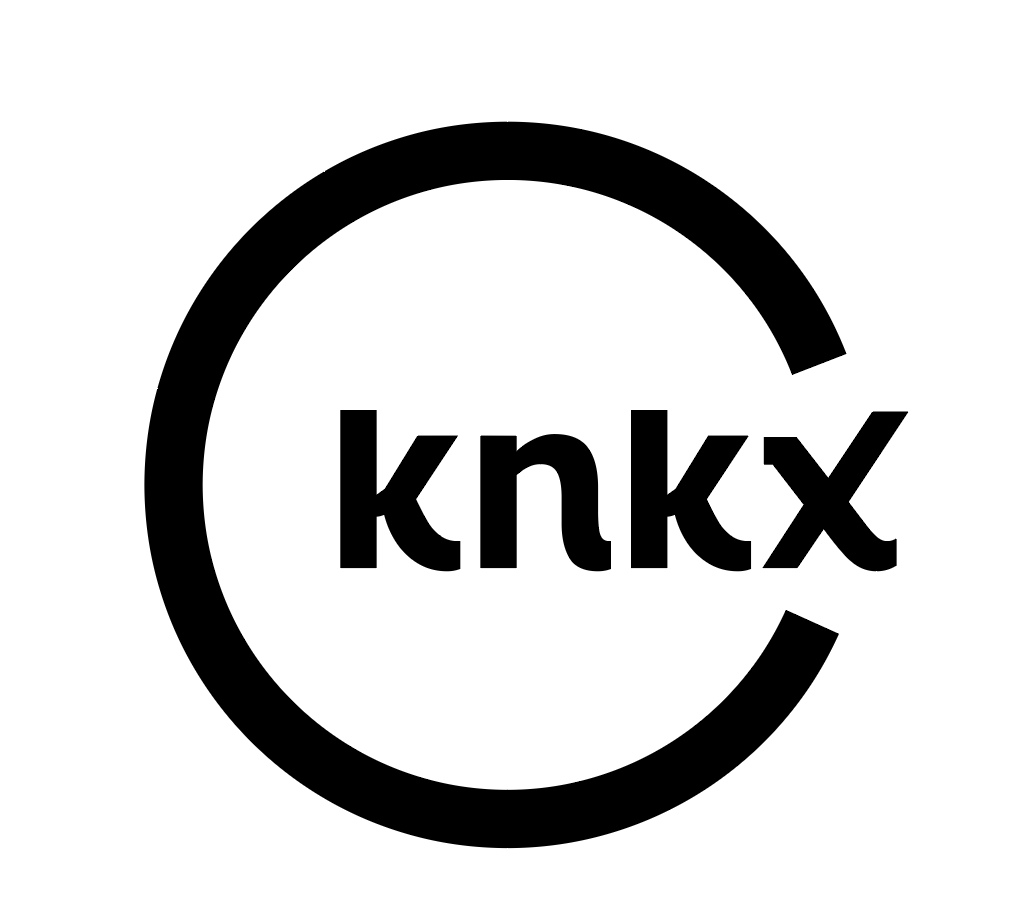It’s time to make lasting investments in quality early learning opportunities for more Washington children.
Long-term, sustainable financing of high-quality, community-based child-care and preschool opportunities will help ensure that success for Washington children throughout their educational career – and beyond – is not determined by their zip code, family income, race, or ethnicity.
Overview
Mountains of research show that children who enter school ready to learn are more likely to achieve later academic success, attain higher levels of education, and secure greater success in employment than those who arrive unprepared.
States that invest in child-care opportunities that are available, accessible, appropriate, and affordable for working families are making a significant down-payment on their future vibrancy of their local communities, the strength and capability of their workforce, and their overall economic competitiveness and vitality.
Washington state
Each of Washington’s 460,000 children under the age of 5 deserves the chance to enter kindergarten ready, healthy, and with the support they need to begin a lifetime of learning and success. Yet Washington trails the pack when it comes to recognizing the importance of this critical investment, dedicating only 1 percent of the state operating budget on early care and education.
The statistics generated by this underinvestment present a sobering wake-up call to the need for policymakers to reverse course on our current short-sighted path.
Our state ranks 39th in the nation in access to preschool. More than half of Washington children under the age of 5 come from families needing child-care, while more than forty percent come from low-income households. The stark reality is: The majority of Washington kids are not ready for kindergarten by the time they start.
We rank 3rd in the nation for least affordable child-care for infants. The average cost for single mothers to place an infant in child-care consumes over half of their median income. Reimbursement rates for the Working Connections state subsidy program are part of the problem: Since 2010, the center infant reimbursement rate has increased 24 percent, while costs have increased 40 percent.
Washington is the 6th most expensive state for center-based child-care in the country. Overall, 27 percent of Washington parents with children under 5 leave their jobs or school because they cannot afford child-care. In addition to the significant impact of these the lost economic opportunities on individual households, the cost to Washington’s economy is $6.5 billion each year.
Finally, a qualified, well-compensated, diverse workforce of caregivers and educators is essential to delivering high-quality learning reflective of the individual backgrounds – and responsive to the unique needs – of the children being served. Yet the average full-time lead child-care center teacher in Washington earned $29,604 in 2018. These are poverty wages, and half of what the average K-12 teacher earned in the same year.
Pierce County
In many respects, Pierce County is ground zero for the impacts of Washington’s underinvestment in child-care, including the declining availability of care, rising costs, and an increasing inability of providers to pay their staff a living wage.
There are 22 percent fewer pre-k facilities in Pierce County and 31 percent fewer family child-care centers since 2013 (and 51 percent fewer family child-care centers since 2010). These declines are the worst in the state, and their impacts exacerbate already-existing disparities particularly pronounced in areas such as rural East Pierce County and the historically black Hilltop neighborhood.
The effectiveness of the Working Connections state subsidy has eroded significantly in Pierce County in recent years. Lagging reimbursement rates have prompted a significant drop in Pierce County providers who accept the subsidy. In 2013, 78 percent of Pierce County’s child-care facilities accepted Working Connections. In 2019, only 65 percent did. Simultaneously, eligibility requirements for single parents have become increasingly economically irrational. For a single parent with two children, eligibility for Working Connections is capped at $21 per hour, which is almost $10 less than the living wage needed to support a family of this size in Pierce County.
In fact, the economic math for working families placing infants in child-care is difficult to justify throughout Pierce County, where the cost of center-based care for infants represents 14 percent of the median income for married couples and up to 41 percent of the median income for single mothers. And in lower-income neighborhoods such as Southeast Tacoma, these figures can be as high as 23 percent for married couples and 62 percent for single mothers.
While burdensome child-care costs can create a disincentive for low- and middle-income parents to participate in the workforce, there are other serious consequences to consider. There are approximately 35,000 children under age 6 in Pierce County who have all parents in the labor force and do not live with a grandparent, yet there are under 16,000 licensed child-care slots. This means close to 20,000 students are likely participating in some type of informal or grey market care. As care from family, friends, and neighbors only accounts for a small portion of this market, policymakers should be particularly alarmed at the prospect of so many children receiving care in unlicensed environments subject neither to state oversight nor accountability.
Call to action
Dedicated, sustainable, increased investments in early learning opportunities involve direct investments in children, in families, and in the workforce, but indirectly support individual communities, our economy, and our state as a whole.
Investing in the readiness of Washington’s children under age 5 is the single most effective way Washington’s communities today can realize our best intentions for – and in – Washington’s communities of tomorrow.













